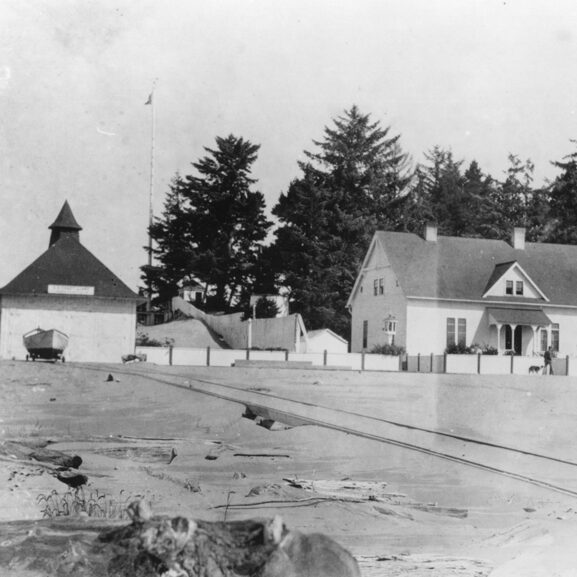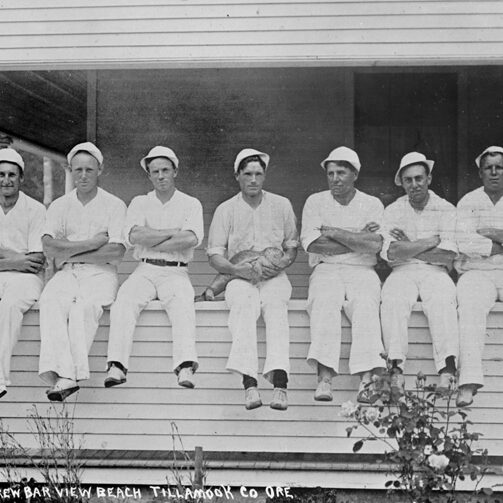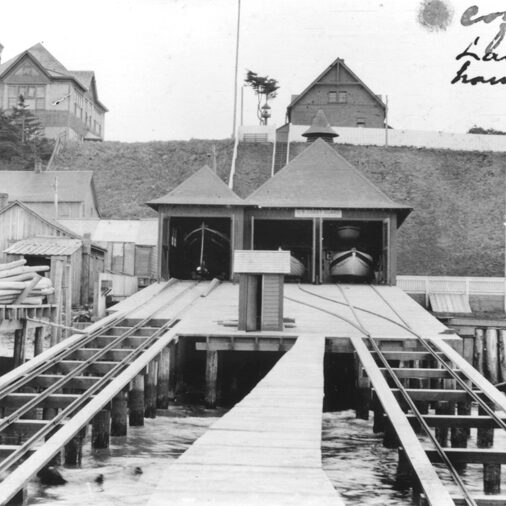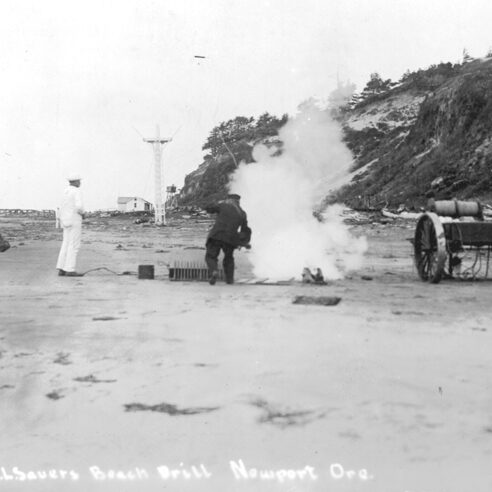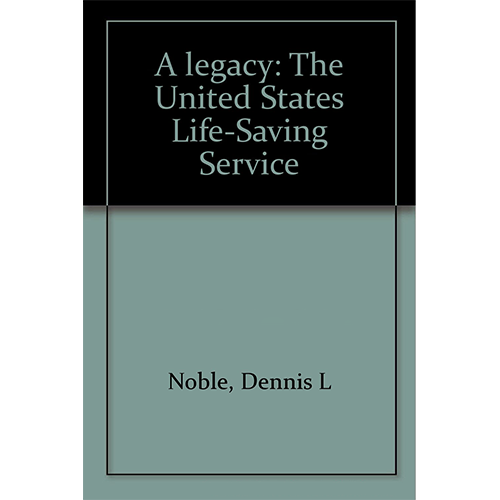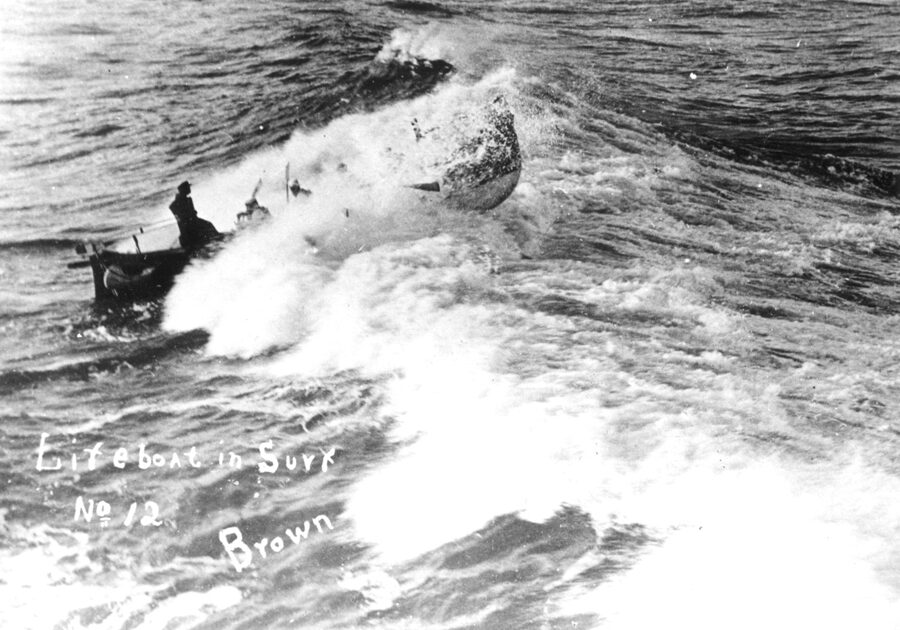About Us
The U.S. Life-Saving Service Heritage Association (USLSSHA) is an organization dedicated to preserving the history of the U.S. Life-Saving Service and early US Coast Guard. The association is a national nonprofit, a 501(c)3 organization dedicated to preserving America’s fast-vanishing Life-Saving stations and early Coast Guard lifeboat stations. Few other groups of historic American buildings are more endangered than our Life-Saving and lifeboat stations. To a far greater extent even than lighthouses, Life-Saving Stations are still being lost and falling into tragic disrepair.
The U.S. Life-Saving Service Heritage Association was founded at the Cape Cod National Seashore in 1995 by individuals, maritime historians, authors, museum directors and National Park Service professionals to preserve the stations, history, boats, and equipment of the U.S. Life-Saving Service and U.S. Coast Guard. We are the only national organization dedicated to preserving America’s fast-vanishing Life-Saving stations and early Coast Guard lifeboat stations.
Our Mission
Our goal is to preserve the stations, history, boats, and equipment of the U.S. Life-Saving Service and U.S. Coast Guard so that future generations can learn about this part of our maritime heritage. Please browse through this web site to learn about the equipment, daily lives and the stations that were part of this special service.
The USLSSHA provides communication among various preservation-minded individuals and organizations on the different aspects from saving stations to preserving artifacts by networking with individuals who specialize in different areas of expertise to those that need information.
Keep abreast of preservation developments.
Wreck & Rescue
We publish an information-packed quarterly magazine, Wreck & Rescue, detailing the many accounts of desperate shipwrecks and saving lives, it includes preservation updates among many other topics.
Through this information flow, readers of Wreck & Rescue can keep abreast of preservation developments concerning a number of ‘at risk’ station sites. Major articles are published that educate the membership about the heroic events of yesteryear’s Keepers and Surfmen, as well as today’s U.S. Coast Guard.
Read All About USLSS
To read a brief history of the USLSS, please download this informative history written by Dennis L. Noble who is a retired Coast Guard senior chief with a doctorate in history from Purdue University. He is the author of several books on the history of the Coast Guard, including That Others Might Live: The U.S. Life-Saving Service, 1878-1914, Lighthouses and Keepers: The U.S. Lighthouse Service and its Legacy and Lifeboat Sailors: Disasters, Rescues and the Perilous Future of the Coast Guard’s Small Boat Stations.
Donate
We are in in need of donations to help accomplish our goals and missions and they are greatly appreciated. We have a number of projects the organization is working on which you can read about on our site and in our publications. Donations also help provide small grants to help these stations in research and or preservation.
We have an annual meeting where we travel to various locations throughout the U.S. to visit these stations, keep up to date on various preservation projects, fund raising efforts and learn about the past heroic efforts of the lifesavers as well as today’s modern U.S. Coast Guard efforts of saving lives. It is truly a unique gathering for anyone interested in learning about early life saving efforts.
Photo Left and above:
A Dobbins Lifeboat from the Coos Bay, Oregon station the in surf. The Dobbins lifeboat was a lightweight lifeboat developed in 1881. It was 24 feet long, weighing from 1,600 to 2,000 pounds. It was self-righting and self-bailing and could carry up to 33 people safely. It was rowed by eight surfmen and steered by the keeper with a tiller. A Dobbins lifeboat appears in many photos on the Oregon coast, and it is believed that every Oregon station had one in addition to their surfboat by 1900. (Courtesy of U.S. Coast Guard.)

